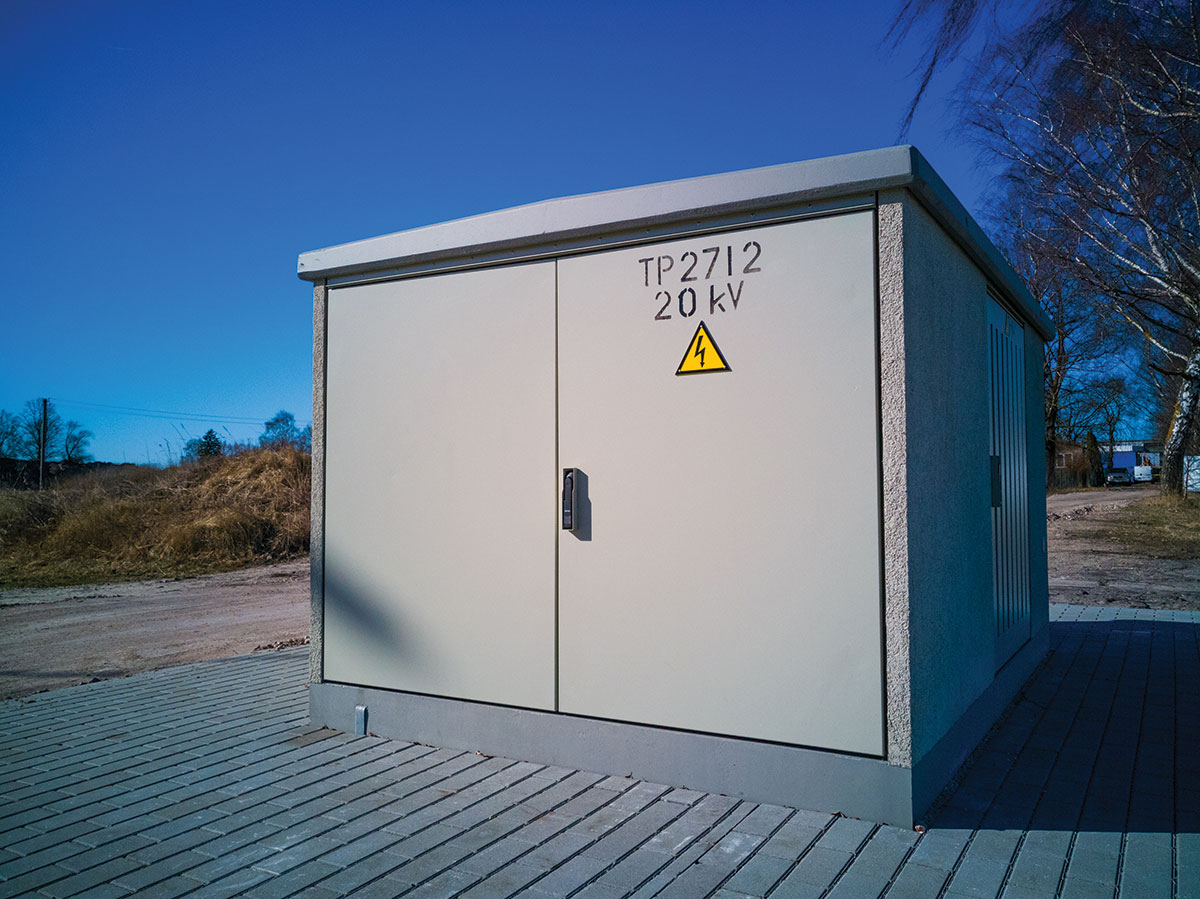We Canadians and our American friends use the same language, English, to communicate among ourselves and with each other. We generally take it for granted that we will understand each other, but unfortunately that doesn’t happen automatically. This is often true, especially when we attempt to discuss precise, technical stuff such as the electrical code.
Therefore, in this article, I thought it might be good to explore a few of the more familiar terms used in our Canadian Electrical Code (CEC) and match them against the expressions used in the U.S. National Electrical Code to communicate the same information.
Here are a few examples:
Isolated System.In CEC Rule 10-206(1) we find out that an isolated system is one that is: “”grounded and not conductively connected to a distribution system.”” This could be an electrical supply from a lighting transformer, battery bank, generator or a photo-voltaic system. One of the more common examples, an isolated system is very often a 120/208-volt system supplying lighting and receptacles, when it is transformed from a 600-volt office building distribution system. The NEC uses the words separately derived system to denote this same electrical supply method.
Supply Service.The CEC defines a supply service as: “the conductors run by a supply authority from its mains to a consumer’s service.” In other words, the electrical utility’s overhead or underground supply to a building. The NEC uses two different terms to represent overhead and underground supply services. Service drop is the NEC term used for an overhead supply service and service lateral, the term used for an underground supply service.
Grounding Conductor. The CEC defines a grounding conductor as the “conductor used to connect the service equipment or system to the grounding electrode.” It’s the copper wire that interconnects the electrical system neutral and everything else bonded to it with a metallic water system, ground rods or whatever else the code permits to be used as a grounding electrode. For this conductor, the NEC uses the term grounding electrode conductor.
Bonding Conductor. The CEC defines a bonding conductor as: “”the conductor which connects the non-current-carrying parts of electrical equipment, raceways or enclosures to the service equipment or system grounding conductor.”” This can be the uninsulated wires in electrical cables or the green coloured, insulated ones in raceways or flexible cords. There are other types as well such as bus bars in electrical equipment. For this application, the NEC uses the term equipment grounding conductor.
Approved. That’s the term used in the CEC to indicate when electrical materials and equipment have been tested and certified by an accredited agency such as the Canadian Standards Association (CSA) and meets the CSA Part II electrical safety standards. Or as an alternative, the materials and equipment may be accepted with field approval, in accordance with special conditions set out in each province or territory. The NEC uses another term, listed to make obvious that electrical materials and equipment are tested, approved and have been certified to meet the relevant Underwriters Laboratories (UL) standards
Continuous Load. In CEC Rule 8-104(3), a continuous load is defined as an electrical load that:
- Up to 225 amperes, persists for more than one hour in any two-hour period; or
- Exceeds 225 amperes and persists for more than three hours in any six-hour period.
A simpler way to put it, in both cases, a load is considered continuous when it’s on for over 50 percent of the time. Only residential loads would automatically be considered non-continuous. The NEC uses the identical term, but with a more simple definition. The NEC defines a continuous load more simply as: “a load where the maximum current is expected to continue for three hours or more.”
Demand Factor. Section 8 of the CEC permits us to use “demand factors” to select wiring and equipment for services and feeders that may have ampacities somewhat less that their connected loads. Section 8 of the CEC governs the use of demand factors for different types of premises and loads. The NEC also provides demand factors for the same purposes, but it defines demand factor as: “the ratio of the maximum demand of a system or part of a system to the total connected load of a system or part of a system under consideration.”
So here’s a primer for all you snowbirds who faithfully take along your code book as reading material on your Florida vacation. As with all other articles, you should consult with the electrical inspection authority in each province or territory as applicable for a more precise interpretation of any of the above.














Find Us on Socials